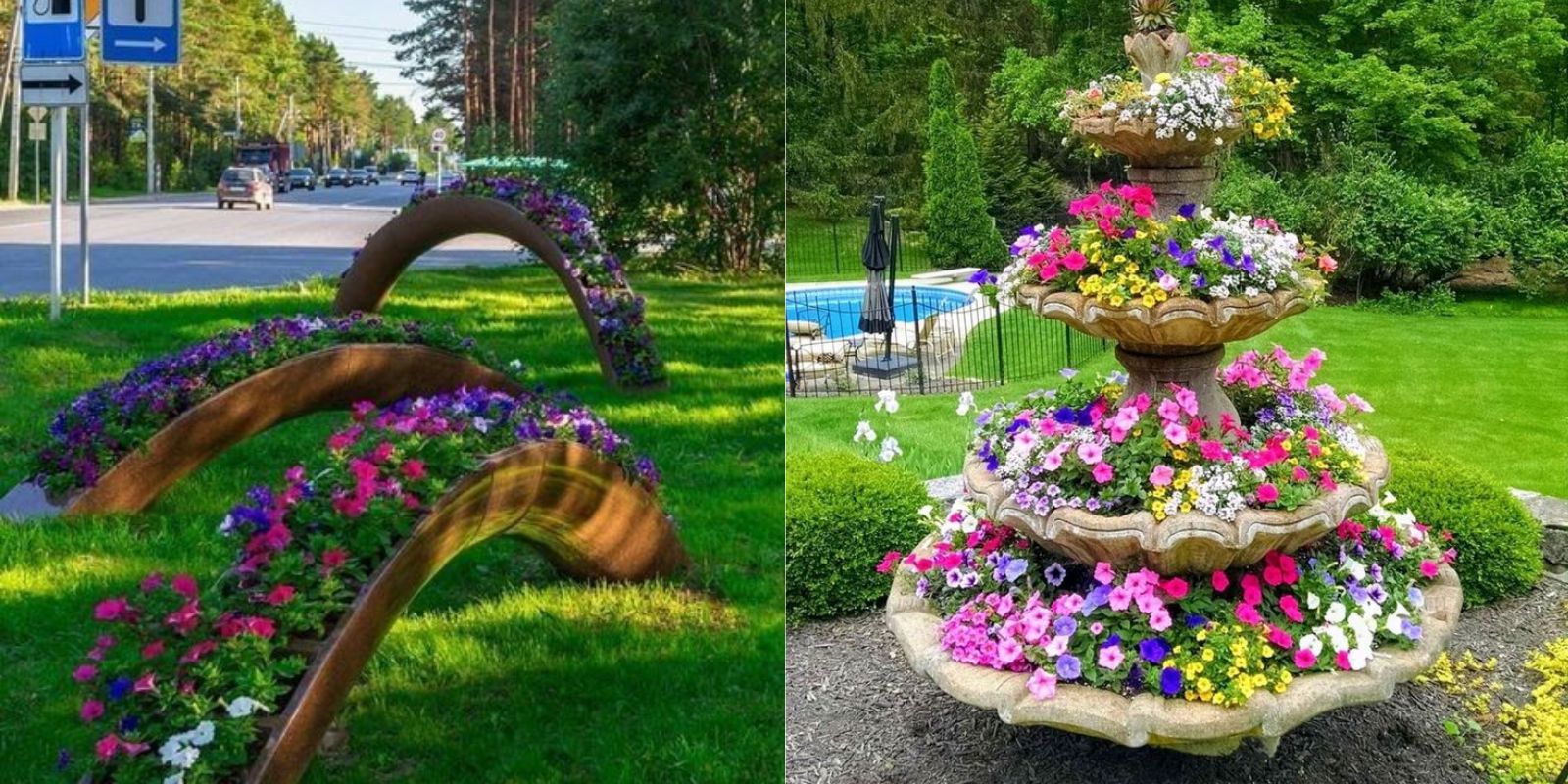Introduction
In the world of gardening, few plants are as versatile, vibrant, and resilient as Portulaca, commonly known as Mossrose. With its vivid, colorful blooms and hardy nature, Portulaca offers an exciting opportunity for gardeners to create stunning displays that not only enhance the beauty of their outdoor spaces but also contribute to the global effort of greening the earth. This article explores the benefits of growing Portulaca, provides a step-by-step guide to cultivating it, and highlights the impact of this remarkable plant on both local and global scales.
Why Portulaca?
Vibrant Colors and Varieties
Portulaca is renowned for its bright and diverse color palette, including shades of pink, red, yellow, orange, and white. Its flowers, which resemble tiny roses, create a lush, colorful carpet that can transform any garden, container, or landscape into a vibrant spectacle. Beyond its aesthetic appeal, Portulaca is available in various varieties, including single and double blooms, allowing gardeners to choose the perfect type for their design vision.
Hardy and Low Maintenance
One of the standout features of Portulaca is its resilience. It thrives in hot, sunny conditions and is highly drought-tolerant, making it an excellent choice for regions with high temperatures and limited water availability. This low-maintenance plant requires minimal care, making it ideal for busy gardeners or those new to gardening. Portulaca’s ability to flourish in less-than-ideal soil conditions further enhances its appeal, as it can adapt to a range of environments.
Steps to Grow Portulaca
1. Choose a Location
Portulaca thrives in full sun, so select a location that receives at least 6-8 hours of direct sunlight each day. A sunny garden bed, container, or hanging basket will provide the ideal environment for these vibrant flowers. Ensure that the location has well-drained soil, as Portulaca is sensitive to waterlogged conditions.
2. Prepare the Soil
Preparation of the soil is crucial for the successful growth of Portulaca. The soil should be well-drained and slightly acidic to neutral. Enrich the soil with compost or well-rotted manure to improve its fertility and drainage. This will create a nutrient-rich environment that supports healthy root development and robust flowering.
3. Plant Seeds or Seedlings
Portulaca can be grown from seeds or seedlings. If starting from seeds, sow them directly into the soil after the last frost, or start them indoors 6-8 weeks before the last frost date. Seeds should be sown on the soil surface and lightly pressed in; they require light to germinate. Space seeds or seedlings about 6-8 inches apart to allow for their spreading growth. When transplanting seedlings, ensure they are planted at the same depth as they were in their containers.
4. Watering
Watering Portulaca requires a different approach than many other plants. Due to its drought tolerance, this plant prefers infrequent watering. Allow the soil to dry out between waterings to prevent root rot and other issues related to excess moisture. When you do water, ensure it is done gently to avoid disturbing the soil and damaging the delicate plants. During periods of extreme heat, Portulaca may need more frequent watering, but always ensure the soil is allowed to dry out in between.
5. Fertilizing
Portulaca does not require heavy fertilization. Applying a balanced, all-purpose fertilizer once a month will provide the necessary nutrients for healthy growth and vibrant blooms. Be cautious not to over-fertilize, as excessive nutrients can lead to lush foliage at the expense of flowers. If planting Portulaca in containers, use a slow-release granular fertilizer to provide consistent nourishment.
6. Deadheading
To encourage continuous blooming, regularly remove spent flowers, a process known as deadheading. This practice prevents the plant from putting energy into seed production and redirects it towards producing new blooms. Simply pinch off the faded flowers at the base of the stem, and the plant will reward you with a longer flowering period.
Impact on Local and Global Greening Efforts
Local Benefits
By incorporating Portulaca into your garden, you contribute to local greening efforts in several ways:
- Aesthetic Appeal: Portulaca’s vibrant blooms enhance the beauty of gardens, public spaces, and urban areas, creating visually pleasing environments.
- Pollinator Support: The flowers attract pollinators such as bees and butterflies, supporting local ecosystems and promoting biodiversity.
- Drought Resilience: Its drought tolerance reduces the need for frequent watering, conserving water resources and promoting sustainable gardening practices.
Global Contribution
On a global scale, growing Portulaca can have a broader impact:
- Green Spaces: As more gardeners and communities embrace Portulaca, it contributes to the creation of green spaces that combat urban heat islands and improve air quality.
- Awareness and Education: Portulaca’s resilience and beauty can inspire gardeners worldwide to adopt more sustainable practices and explore drought-tolerant plants.
- Environmental Benefits: By reducing water consumption and promoting biodiversity, Portulaca supports global efforts to address environmental challenges and climate change.
Conclusion
Portulaca, with its stunning blooms and hardy nature, is an excellent choice for gardeners looking to create beautiful, low-maintenance landscapes while contributing to global greening efforts. By following the steps outlined—selecting the right location, preparing the soil, planting correctly, and providing proper care—you can enjoy a vibrant garden that not only enhances your outdoor space but also supports local and global environmental initiatives.
Motivation
Embrace the opportunity to make a difference in your garden and beyond with Portulaca. Start planting today and be part of the beautiful, global movement towards greener, more sustainable spaces. Let your garden flourish with the vivid colors and resilience of Mossrose, and watch as it becomes a source of beauty and environmental impact. 🌸🌍

